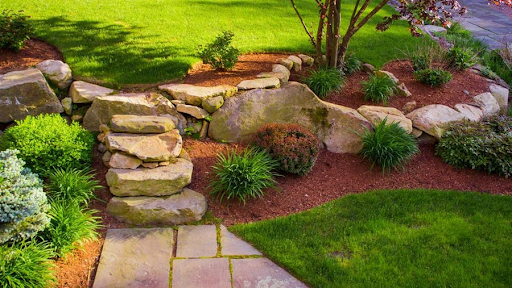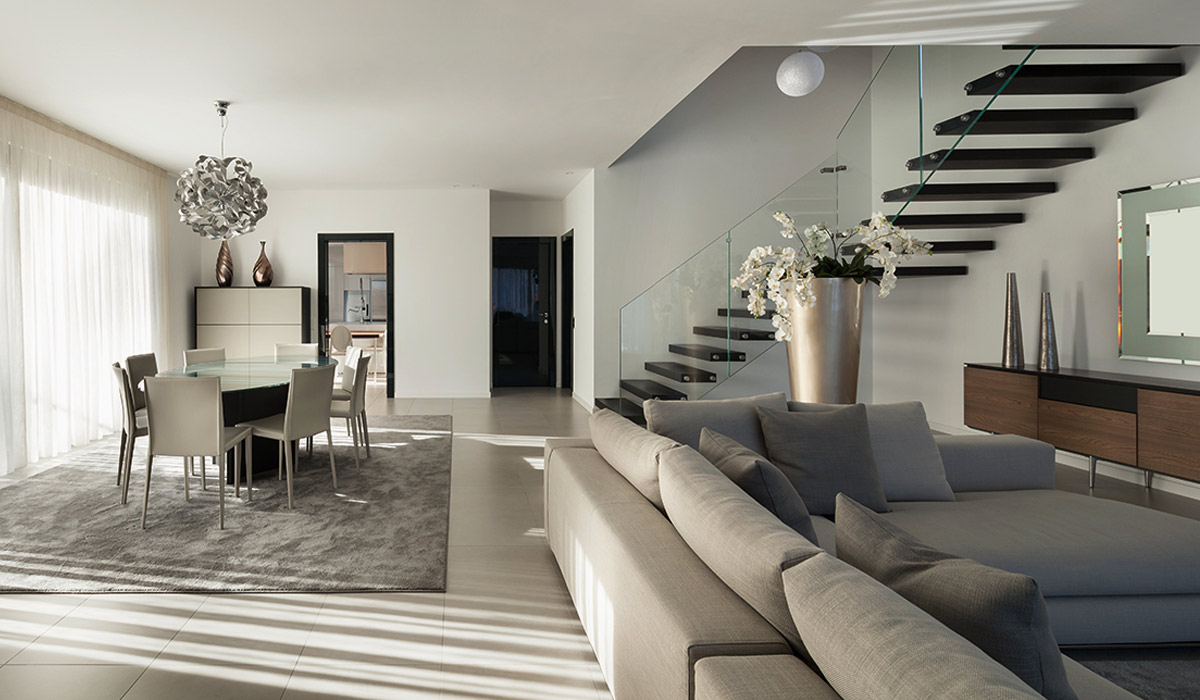
Most landscape consulting companies require you to schedule an in-home visit. The consultant then designs your landscape and then tries to sell you the design. However, SS landscape with their official site http://www.sslandscapers.com and designing services also sell design ideas and consider pictures of your property when making a design. It makes their work much more affordable.
Site Analysis
Site analysis involves analyzing a site to determine what can work well for the landscape. Many aspects of the site are taken into account, such as the amount of sunlight and shade, where stormwater drainage is best, and possible locations for activities. The site analysis should also include information about long-term weather patterns. Obtaining this information will help the designer to know what to plan for during the warmer and colder seasons. Additionally, a site analysis can help determine if there are areas that need protection or need a focal point.
Help the designer understand the topography of the property
A site analysis can also help the designer understand the topography of the property, which includes terrain, elevation, and types of soil. The topography can also reveal whether the land is prone to drought, flooding, or fire. In addition, it can indicate whether the land is rocky. In addition, knowing the topography of a property will help the designer to visualize the final results. A site analysis is essential to a landscape and design service’s work.
A site analysis also involves assessing how a site is situated about landmarks, major streets, and public transportation. If aerial photographs are available, they can also help the designer determine how far the location is from these places. It is also helpful to note the time it will take to walk to different locations. The designer should also consider the level of noise and pollution in the area.
Site Analysis helps understand unique problems associated with the property.
A thorough site analysis is essential to the development of a property. It involves a detailed examination of the site’s topography, surrounding environment, traffic conditions, and climate. It also addresses future developments and changes to the site and surrounding area. It includes a range of factors that will determine the best use of the property.
The first step is to visit the site and take measurements. Once you have the data, you can start exploring the relationships among the various features. The analysis process can be visual and iterative, so ensure to consider what you want to accomplish and what each site characteristic might affect your project.
Another essential aspect of site analysis is project management. By understanding the property’s unique problems, a construction project manager can make the most efficient use of the site’s resources.
Incorporate Softscapes and Hardscapes
Softscapes can enhance the aesthetics of your outdoor living space while softening the Hardscape around it. For example, you can round off the corners of a square Hardscape structure by adding greenery around the edges. You can also use plants and trees to accent Hardscape structures.
When choosing a landscape design, ensure to incorporate Softscape and Hardscape elements. It can improve the overall look of your landscape while reducing the maintenance of your outdoor living space. Choosing the right balance between the two will create a beautiful and functional outdoor living space.
While Hardscapes help to prevent soil erosion, Softscapes provide color and texture. Ground covers also help retain moisture and prevent soil erosion. They also help to protect the integrity of your land.
